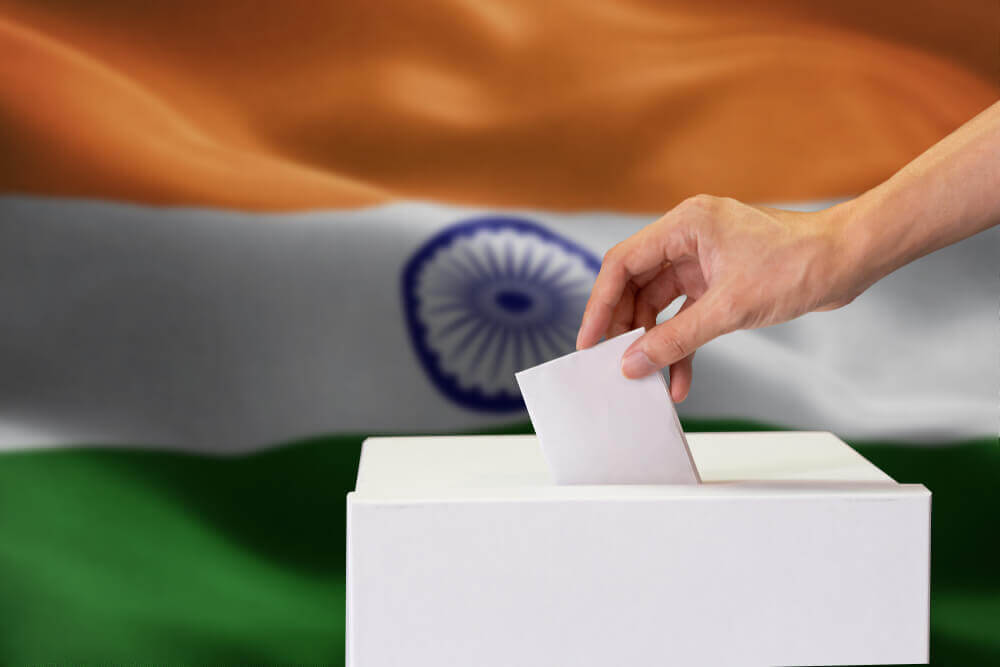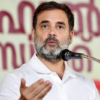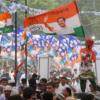Lok Sabha: The voter turnout will experience further modification, assuming last-hour voting (from 5 pm to 6 pm), postal ballots, and the EDC (election duty certificate, as per which those on poll duty are allowed to vote at any booth).
Introduction:
The third phase of Lok Sabha elections in Gujarat witnessed a voter turnout of approximately 58.98%, marking a slight decrease compared to the 2019 elections.
However, several villages across the state chose to boycott the elections entirely or partially, citing various grievances.
Voter Turnout and Comparison with Previous Elections:
In 2019, Gujarat recorded an overall voter turnout of 64.51%, while this year’s turnout stood at 58.98%. Despite efforts to encourage voter participation, including extended polling hours due to heatwave conditions, the increase in turnout was not significant.
Boycotts and Partial Boycotts:
Three villages—Kesar in Bharuch, Sandhara in Surat, and Bhakhari in Banaskantha—boycotted the elections completely, citing dissatisfaction with governance issues.
Additionally, partial boycotts were reported from several other villages, highlighting concerns such as lack of basic amenities like drinking water and poor infrastructure.
Faulty EVMs and Administrative Challenges:
The Election Commission reported several instances of faulty Electronic Voting Machines (EVMs), including one in Gandhinagar where a button was disabled using instant glue.
Such incidents raised concerns about the integrity of the electoral process and highlighted the need for improved administrative oversight.
Regional Variations in Turnout:
Also read: EC orders fresh voting after man live-streamed voting in Gujarat
The voter turnout varied across different constituencies, with Valsad recording the highest turnout at 68.12% and Amreli the lowest at 45.59%. This trend was consistent with the 2019 elections, indicating a continuation of regional voting patterns.
Impact of Extended Polling Hours:
Despite allowing two extra hours of polling to accommodate heatwave conditions, the extended hours did not result in a significant increase in voter turnout.
The initial hours of voting saw a turnout of only 9-10%, suggesting that other factors may have influenced voter participation beyond the timing of polling.
Conclusion:
The Gujarat Lok Sabha elections witnessed a moderate voter turnout, with some villages opting to boycott the elections entirely or partially. Challenges such as faulty EVMs and regional variations in turnout highlight the complexities of conducting free and fair elections.
Moving forward, addressing grievances and improving electoral infrastructure will be essential to ensuring greater voter participation and confidence in the democratic process.




























